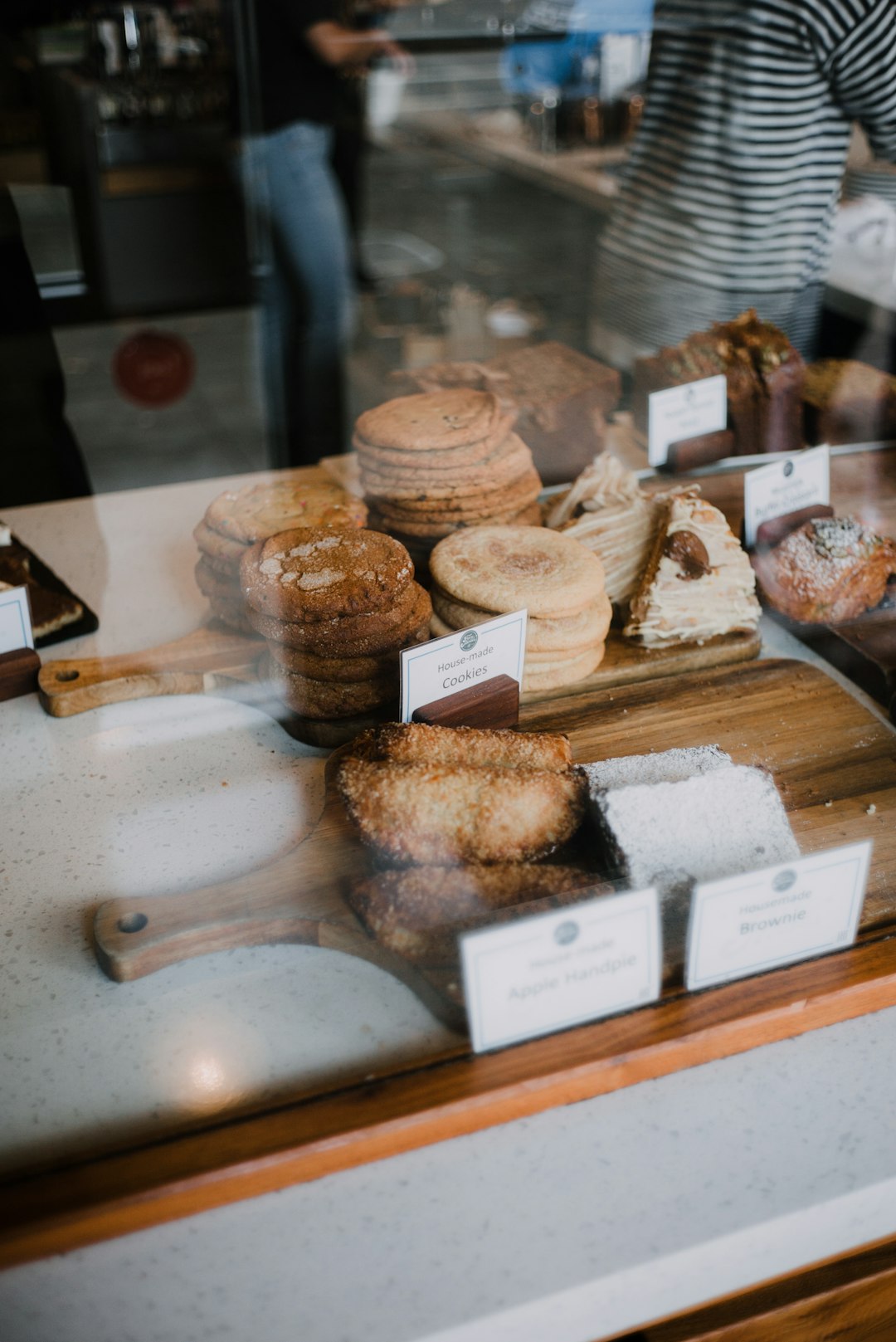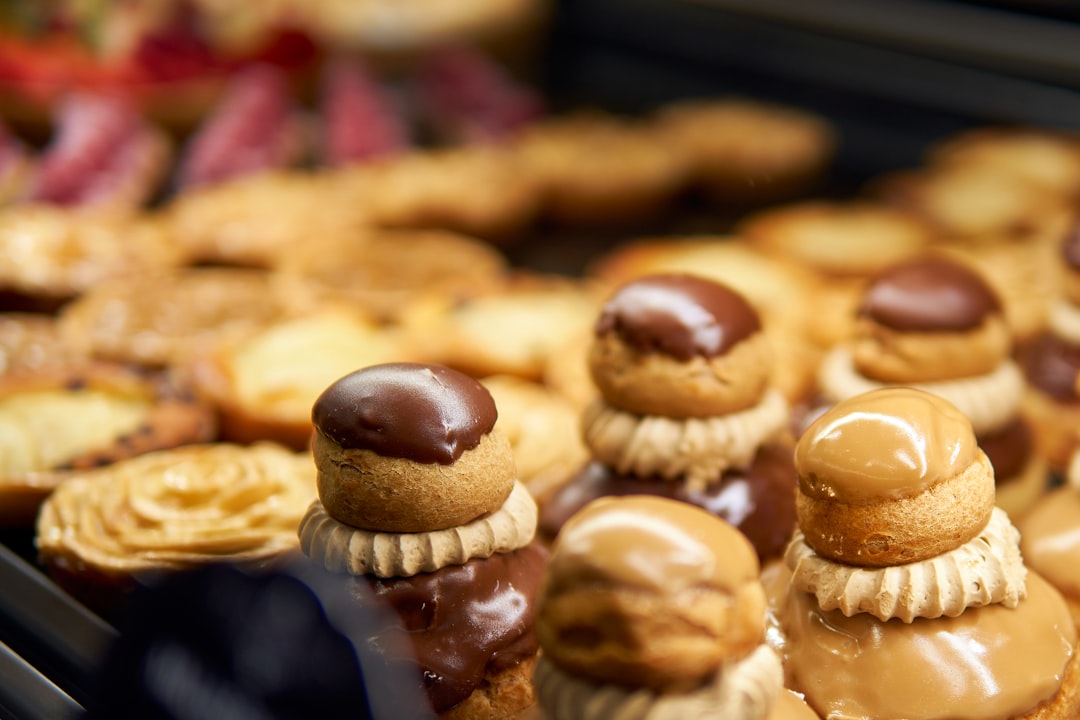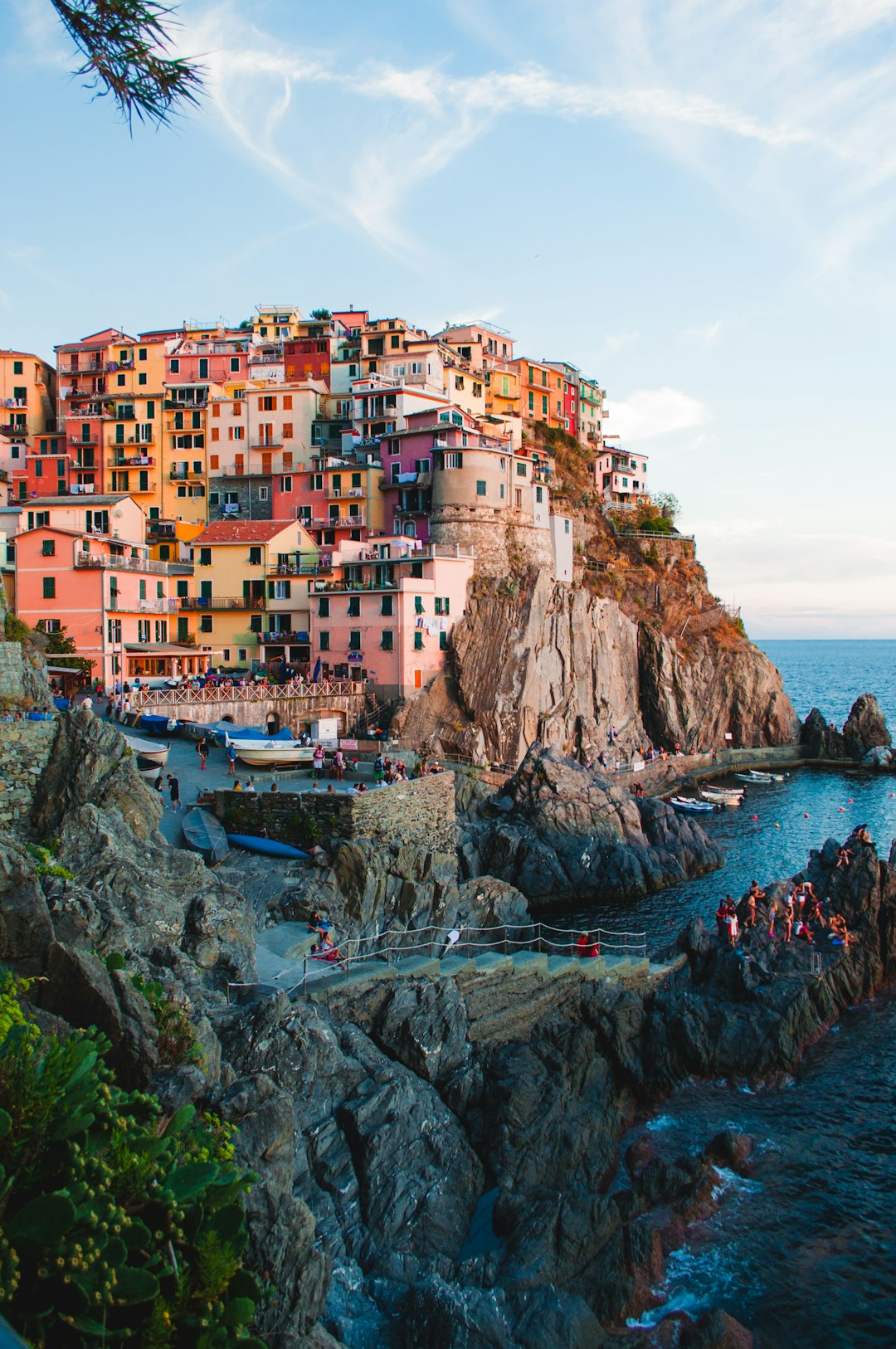Pastries. The word alone evokes images of flaky dough, sweet fillings, and delectable aromas wafting through the air. But did you know that pastries go beyond being just a delicious treat? They are a reflection of the diversity and cultural significance of various countries and regions around the world. Join us on a journey through the fascinating world of pastries and discover their many different flavors and stories.
Let’s start our pastry adventure with France, the birthplace of some of the most iconic pastries in the world. The French are known for their delicate and flaky creations, and one such pastry is the croissant. This crescent-shaped delight is made with layers of buttery puff pastry, resulting in a crisp and golden exterior. It is almost impossible to resist its allure, especially when paired with a cup of coffee. The croissant, with its origins dating back to the 13th century, has become a symbol of French breakfast culture and is loved by people around the globe.
While France may be famous for its croissants, Italy has its own pastry gem – the cannoli. Originating from Sicily, this tube-shaped treat is filled with a creamy ricotta filling and often adorned with candied fruit or chocolate. The cannoli holds a special place in Italian cuisine and is often associated with celebrations and festive events. Its crisp shell and luscious filling create a delightful combination that has captivated taste buds for generations.
Traveling further east, we arrive in India, where the samosa reigns supreme. These pyramid-shaped pastries are filled with a savory mixture of spiced potatoes, peas, and sometimes meat. Oftentimes accompanied by chutneys such as tamarind or mint, samosas are popular street food throughout the country. Their origins can be traced back to Central Asia, but they have become an integral part of Indian cuisine, representing the rich and diverse flavors of the region.
In the Middle East, one cannot discuss pastries without mentioning baklava. This sweet treat consists of layers of flaky phyllo pastry filled with nuts, such as pistachios or walnuts, and drenched in a sticky syrup made from honey or rose water. Baklava has a long history, dating back to the Ottoman Empire, and is often enjoyed during festive occasions. Its intricate layers and rich flavors make it a true indulgence that showcases the culinary heritage of the Middle East.
As we cross the ocean to South America, we encounter the pastel de nata in Portugal. These small custard tarts with crispy, caramelized tops are a beloved Portuguese dessert. Originating from the Jerónimos Monastery in Lisbon, pastel de nata has become a national treasure. The locals enjoy them as a morning treat with a cup of coffee or as a sweet ending to their meals. These creamy delights have gained international recognition, making their mark in the global pastry scene.
From the delicate croissants of France to the rich baklava of the Middle East, each pastry holds a special place in its respective culture. They are not just tasty treats, but also a way of preserving culinary traditions and sharing the flavors of their origins with the world. These pastries tell stories of migration, conquest, trade, and cultural exchange, leaving a lasting taste of history.







